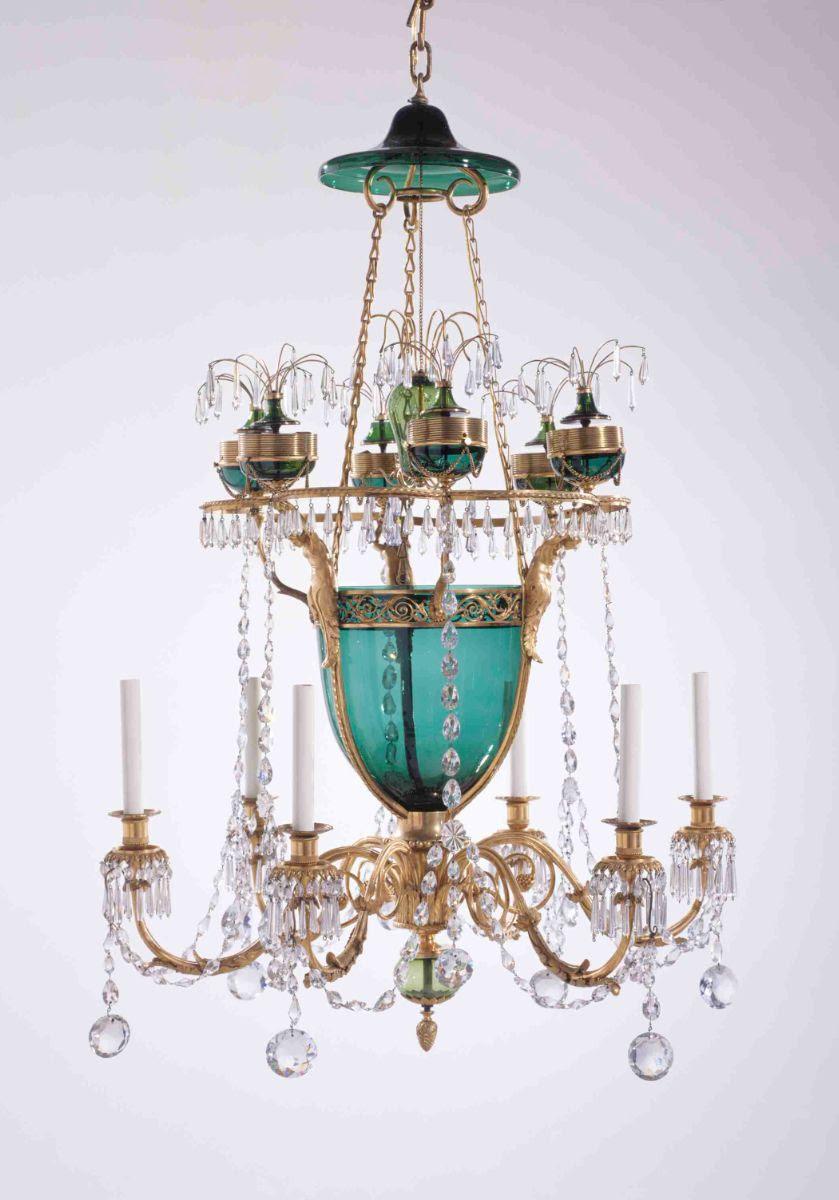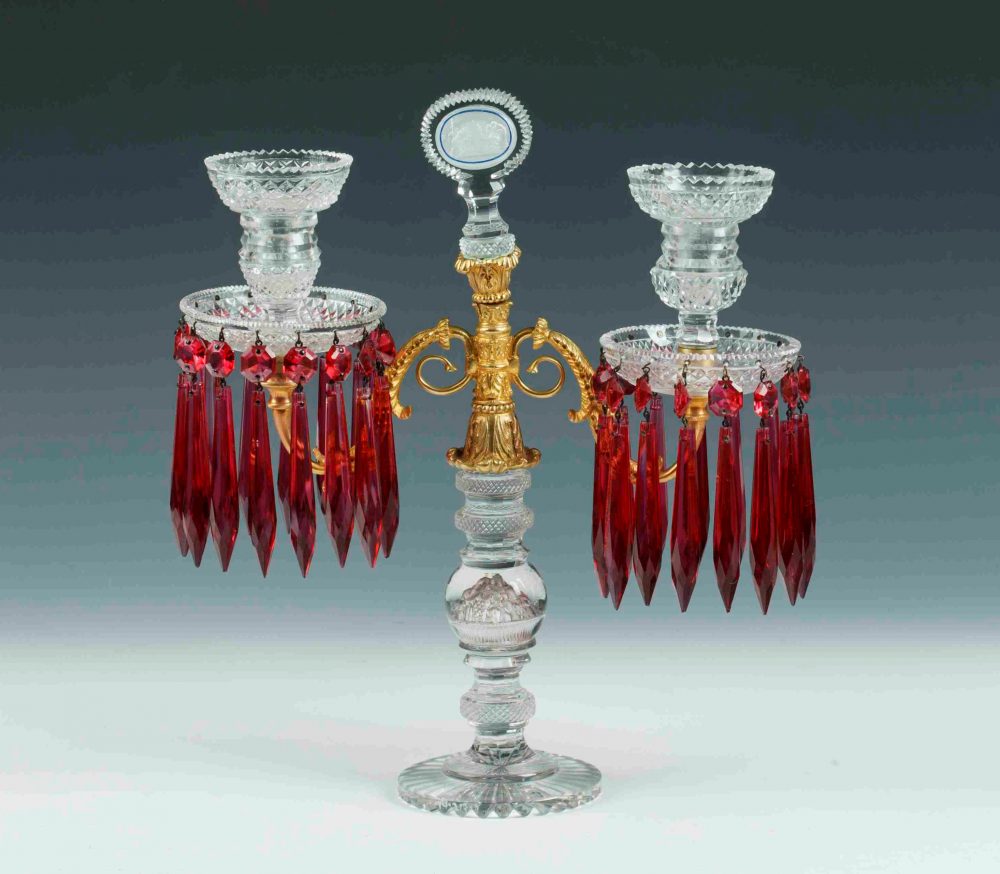The special exhibition Glass: Art. Beauty. Design., on view at Hillwood Estate, Museum & Gardens from June 10, 2023 through January 14, 2024, will explore the fascinating world of glass and its use in both everyday life and as art.
Transparent or opaque, fragile yet impervious, glass has inspired artists and designers, stimulated scientists and engineers, and captivated collectors with its beauty and practicality. Hillwood founder Marjorie Merriweather Post was no exception, and she amassed over 1,600 pieces of glass, created in the 17th-20th centuries in Europe, Russia, and the United States. This special exhibition will highlight this lesser-known aspect of Hillwood’s collection, featuring a range of styles and techniques, while placing the historic creations in dialogue with astounding contemporary artworks.

“Though the material most associated with Hillwood may be porcelain, Marjorie Post did not discriminate by medium when it came to collecting, as long as items were beautiful and exquisitely made,” said Kate Markert, Hillwood’s executive director. “This is demonstrated in Hillwood’s robust collection of glass, ranging from drinkware to lighting, from decorative objects to furniture. As glass has continued to intrigue and inspire through the ages to today, we were excited to examine and present this subset of Hillwood’s holdings.”
Glass in Hillwood’s Collection
First made in Mesopotamia and Egypt, glass has been produced in different forms and with various techniques for over 3,500 years, now used in most societies throughout the world. Though made of simple ingredients—sand (silica) with additive (plant ash or natron, a type of salt) to lower sand’s fusion temperature, and lime to stabilize it—it is a challenging material that requires innovation and dexterity, though the creative possibilities are endlessly versatile.
Accordingly, Hillwood’s collection includes glassware, decorative vases, candelabras, chandeliers, mirrors, and more, all of which speak to Marjorie Post’s love of entertaining and interior design. Glass will explore the depth and breadth of Post’s collection of historic pieces, placed alongside loans, and will contextualize the history of glass-making techniques. Additionally, the special exhibition will explore Post’s appreciation of early American glass for the first time, with objects that, as her daughter Eleanor Post Close once described, she “loved and collected for many years.” Among the highlights on view will be rare monumental candelabras, from the famous Baccarat glassworks, which have not been on view since the 1930s.
